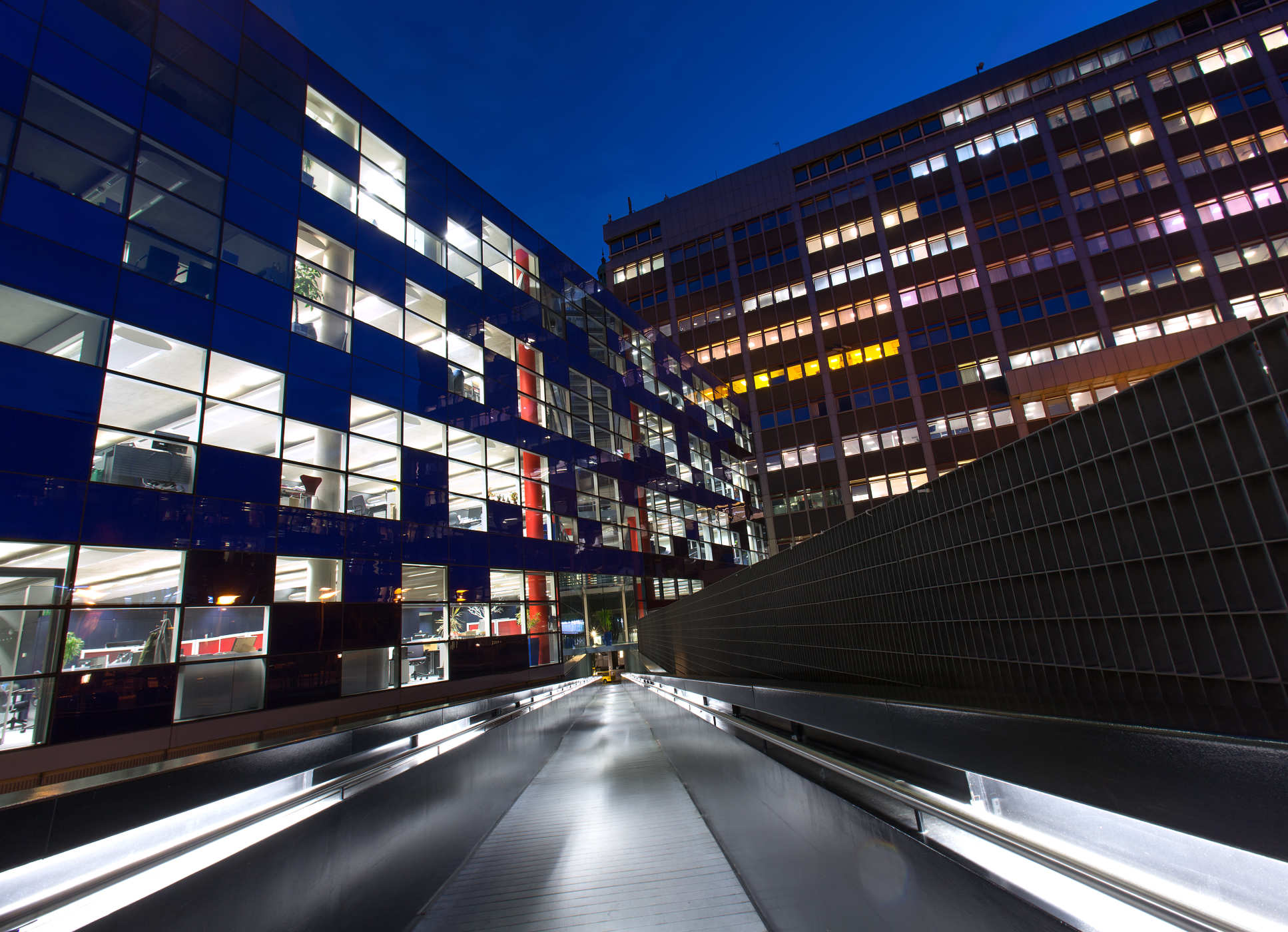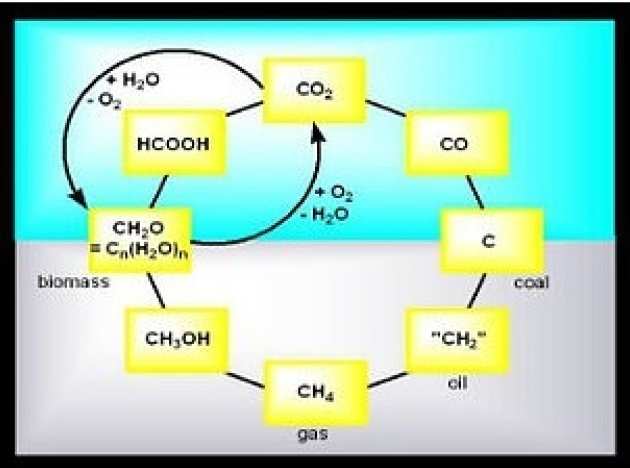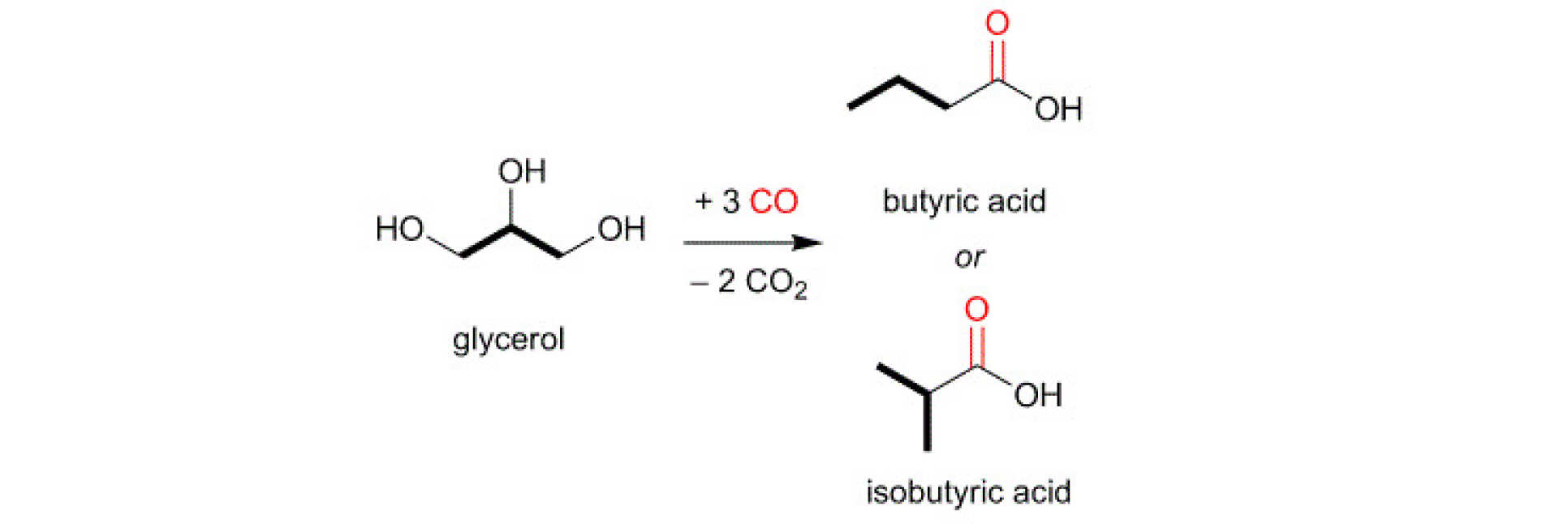
Research Interests
Catalysis & Sustainable Carbon Management. Our research involves the design, development and discovery of catalysts for the conversion of sustainable carbon resources in current and future industrial applications, either for fuel production or for chemical products manufacturing. The carbon-based source materials under investigation currently are alkenes, alkanes, biomass and carbon dioxide and many projects are carried out in collaboration with industrial partners.
Catalysis is the key to both life and lifestyle. Just as enzymes catalyse many chemical reactions in our body, catalysts are at the heart of approximately 80 % of all the processes in the petrochemical industry.
Everyday products such as fuel, washing powder or shopping bags are made through the use of catalysts and from mainly one carbon resource: oil. With oil reserves going down and market prices going up, alternative feedstocks will be required to secure our future lifestyle. Natural gas, with its main component methane, could become an alternative raw material, as gas reserves are much larger than oil reserves. Even more attractive would be the use of a renewable source such as carbon dioxide, which could ultimately lead to a more sustainable situation in our carbon management. The economic viability of these alternative resources will largely depend on the development of efficient catalysts.
 Research projects involve the design and synthesis of new ligands and metal complexes, with a strong emphasis on bio-inspired catalyst design. The characterization and investigation of the chemical properties of the homogeneous catalysts form in integral part of our catalyst design. The catalytic potential of these complexes for the reactions mentioned above are evaluated using high-pressure reactors. In addition, fundamental organometallic chemistry as well as computational studies are part of the programme.
Research projects involve the design and synthesis of new ligands and metal complexes, with a strong emphasis on bio-inspired catalyst design. The characterization and investigation of the chemical properties of the homogeneous catalysts form in integral part of our catalyst design. The catalytic potential of these complexes for the reactions mentioned above are evaluated using high-pressure reactors. In addition, fundamental organometallic chemistry as well as computational studies are part of the programme.
Areas of Interest
Selective oxidation of alkanes

Alkanes such as methane, the main constituent of natural gas, and ethane, a by-product of shale gas, have the potential of becoming major carbon resources in the near future but are currently underused, mainly due to the difficulties associated with converting alkanes selectively into useful products. Current projects in this area are directed towards the selective oxidation of alkanes, which involve the development of light-driven oxygen insertion reactions for late-transition metals alkyl complexes.
- Petersen, A. R., Taylor, R. A., Vicente-Hernandez, I., Mallender, P. R., Olley, H., White, A. J. P., & Britovsek, G. J. P. (2014). Oxygen Insertion into Metal Carbon Bonds: Formation of Methylperoxo Pd(II) and Pt(II) Complexes via Photogenerated Dinuclear Intermediates. JOURNAL OF THE AMERICAN CHEMICAL SOCIETY, 136(40), 14089-14099. doi:10.1021/ja5055143
- Grau, M., Kyriacou, A., Martinez, F. C., de Wispelaere, I. M., White, A. J. P., & Britovsek, G. J. P. (2014). Unraveling the origins of catalyst degradation in non-heme iron-based alkane oxidation. DALTON TRANSACTIONS, 43(45), 17108-17119. doi:10.1039/c4dt02067g
Alkene conversions to oligomers & polymers
 Alkene conversions involve the development of new catalysts for the oligomerisation and polymerisation of ethylene and higher alkenes. This has been a longstanding research interest and active research in polyethylene catalysis is ongoing in collaboration with INEOS. Novel polyolefin materials are being designed and targeted in collaboration with Polymateria. Highly branched oligomers/polymers for new application in the area of flow assurance are investigated in collaboration with PETRONAS. Fundamental studies regarding the nature of active catalyst species and the reaction mechanism for ethylene oligomerisation are the subject of a Catalysis Hub funded project. All research in this area involves catalyst and co-catalyst design and development, as well as polymer analysis.
Alkene conversions involve the development of new catalysts for the oligomerisation and polymerisation of ethylene and higher alkenes. This has been a longstanding research interest and active research in polyethylene catalysis is ongoing in collaboration with INEOS. Novel polyolefin materials are being designed and targeted in collaboration with Polymateria. Highly branched oligomers/polymers for new application in the area of flow assurance are investigated in collaboration with PETRONAS. Fundamental studies regarding the nature of active catalyst species and the reaction mechanism for ethylene oligomerisation are the subject of a Catalysis Hub funded project. All research in this area involves catalyst and co-catalyst design and development, as well as polymer analysis.
- Britovsek, G. J. P., Malinowski, R., McGuinness, D. S., Nobbs, J. D., Tomov, A. K., Wadsley, A. W., & Young, C. T. (2015). Ethylene Oligomerization beyond Schulz-Flory Distributions. ACS CATALYSIS, 5(11), 6922-6925. doi:10.1021/acscatal.5b02203
- Britovsek, G. J. P., McGuinness, D. S., Wierenga, T. S., & Young, C. T. (2015). Single- and Double-Coordination Mechanism in Ethylene Tri- and Tetramerization with Cr/PNP Catalysts. ACS CATALYSIS, 5(7), 4152-4166. doi:10.1021/acscatal.5b00989
Biomass and carbon dioxide conversion
 Biomass and CO2 Conversion. An important emerging carbon resource is biomass and research efforts on biomass conversion are directed towards the de-oxygenation of biomass through reduction, using either hydrogen or carbon monoxide. Biomass de-oxygenation started as part of a collaboration with Coca Cola on the development of catalysts for the hydrogenation of lignin for polymer production and this is currently investigated as part of the Sustainable Chemical Feedstocks project funded by EPSRC. The carbonylation and hydroformylation of biomass-derived feedstocks is being investigated in collaboration with ICES in Singapore (A*Star). Ultimately the most sustainable carbon source, but also the most difficult to convert, is carbon dioxide. Current research efforts focus on the electro-catalytic conversion of CO2 for polymer production.
Biomass and CO2 Conversion. An important emerging carbon resource is biomass and research efforts on biomass conversion are directed towards the de-oxygenation of biomass through reduction, using either hydrogen or carbon monoxide. Biomass de-oxygenation started as part of a collaboration with Coca Cola on the development of catalysts for the hydrogenation of lignin for polymer production and this is currently investigated as part of the Sustainable Chemical Feedstocks project funded by EPSRC. The carbonylation and hydroformylation of biomass-derived feedstocks is being investigated in collaboration with ICES in Singapore (A*Star). Ultimately the most sustainable carbon source, but also the most difficult to convert, is carbon dioxide. Current research efforts focus on the electro-catalytic conversion of CO2 for polymer production.
- Coskun, T., Conifer, C. M., Stevenson, L. C., & Britovsek, G. J. P. (2013). Carbodeoxygenation of Biomass: The Carbonylation of Glycerol and Higher Polyols to Monocarboxylic Acids. CHEMISTRY-A EUROPEAN JOURNAL, 19(21), 6840-6844. doi:10.1002/chem.201203069
Our Industry Partners

Contact
Prof. Dr. George Britovsek FRSC
Director MRes Catalysis & Engineering
Tel: +44 (0)20 7594 5863
Email: g.britovsek@imperial.ac.uk
Department of Chemistry
Imperial College London
Molecular Sciences Research Hub
White City Campus
80 Wood Lane
London W12 0BZ
United Kingdom